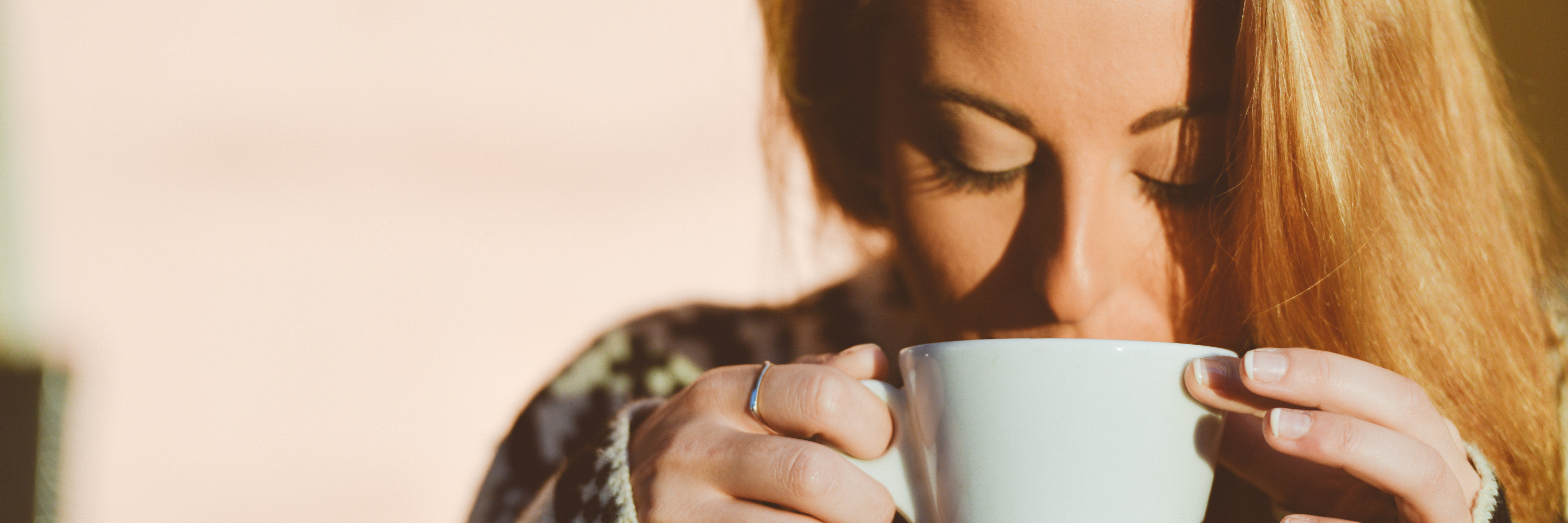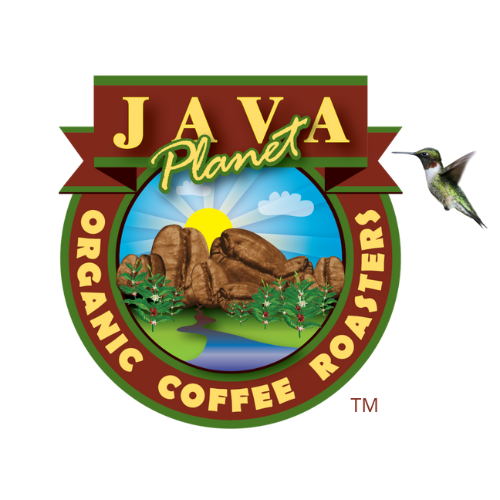7 Tips for Brewing the Best Coffee at Home
COFFEE SHOP QUALITY COFFEE IN YOUR PAJAMAS FOR LESS MONEY

Brewing coffee at home can be delicious and rewarding - not to mention money saving!
With these simple tips that apply to most brewing methods you can produce a wonderful smelling and tasting cup as good or better than a hip cafe.
1. Use Fresh, Whole Bean Coffee
“You wouldn’t eat a salad with wilted lettuce, so why would you drink stale coffee?” - Anonymous
While coffee beans last a lot longer than lettuce, they do lose their flavor after roasting. There are many opinions on “How old is old?” for coffee.
Too Fresh? It can be. Drinking coffee right after it is roasted can have some bitter taste as it is still degassing. Coffees are usually sealed in a bag with a one way degassing valve, and we recommend waiting 2-3 days after roasting before brewing with it.
When is it stale? If stored properly the coffee can last a month or two, and a good test is if the coffee “blooms” or puffs up when you add a bit of water to it. See the video for an example of blooming.
Another aspect is to grind your coffee just before you brew. Coffee grinding releases the aromatic oils in the bean, and if not used right away, they dissipate.
2. Use a Burr Grinder
A great grinder is one of the most important tools in brewing coffee. The particle size of a ground coffee determines how quickly flavors are extracted from the beans. Blade grinders produce inconsistent grind with some pieces much smaller than others resulting in uneven extraction.
Burr grinders produce a consistent sized grind size whether super fine or coarse. To learn more about the various levels of grinders from inexpensive to price of car here is a video from James Hoffman “A Beginners Guide to Coffee Grinders”

3. Grind the correct size
(coarse or fine)
Different brewing methods require different sized grinds. With a brew method like drip coffee the water passes through the grinds rather quickly (percolation brewing). With methods like French Press the grounds soak in the water for a time (immersion brewing). For a full listing of brew methods and their appropriate grind size read this post here.
4. Use The Right Amount of Coffee
The amount of coffee you use in relation to the amount of water determines how strong or weak a cup of coffee will be. The more grounds/less water you get a more intense cup. The less coffee/more water the weaker or less intense the flavor will be. Keep in mind if you are looking to taste delicate fruit notes in a coffee - if you make it more intense that fruit could taste sour.
A good place to start is 1 tablespoon of ground coffee for 6 ounces of water. If you are inclined to weigh your coffee 35 grams of coffee to 400 grams of water. From there you can increase the amount of coffee for a more intense flavor until you find your sweet spot.
5. Use Filtered Water
It is rare in this day and age that the tap water in our house is such that we would drink it. If you normally drink filtered water, then you should use filtered water for brewing your coffee. After all, coffee is about 98% water!

6. Ensure the water is the right temperature.
Water needs to be hot to extract the flavor from coffee, with the exception of cold brew which takes hours.
The recommended temperature is 195-205 degrees fahrenheit. Water above 205 degrees can cause bitterness, and below 195 degrees may not extract the flavors we love. Most automatic brewers are temperature controlled. If you are doing a manual brew method like pour over or French press, and do not have a temperature controlled kettle, we suggest boiling the water and then letting it sit for 1 minute.
It’s also a good idea to warm your french press, or wet the paper and cone of your pour over with heated water before brewing to help maintain the right temp through the brewing process.
7. Experiment
Coffee is a wonderful product that has a variety of subtle flavors due to how it is grown, harvested and processed. Various grind sizes, brew methods and coffee to water ratios can bring out different aspects of the coffee. So we encourage you to experiment and have fun with your coffee.

CHECK OUT MORE COFFEE BREWING CONTENT





